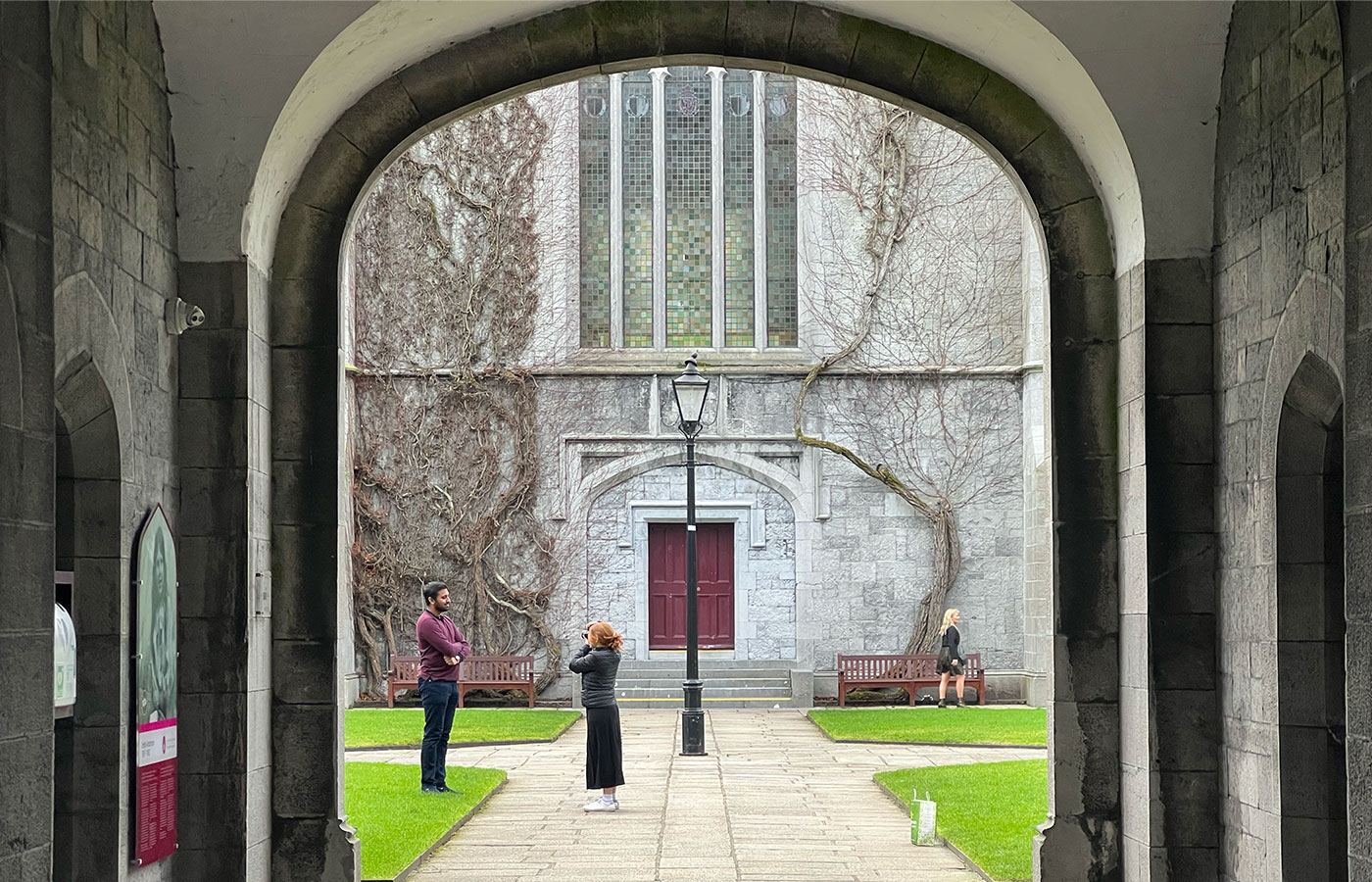Turning the fragmentation of the CCIs from a weakness into a strength
The primary aim is to enhance and update the understanding of the challenges and opportunities for the CCIs in the climate transition through a series of co-researched creative case studies preparing the ground for an ecosystem-oriented approach for the CCIs as a whole. This will unlock the potential of myriads of best, good and advanced, not to mention even failed practices that are operating on all levels across art and culture, heritage and creativity.
To unlock the full potential of the CCIs PACESETTERS recasts the sectoral fragmentation as a resource that reflects its remarkable cross-cutting capacities, even on a very small scale. Transforming this sectoral fragmentation from a weakness into a strength will involve a broad shift in how the CCIs are seen, and therefore in how they see themselves and their manifold roles. In particular, their mediating roles — as activities that both affect and are affected by large-scale forces — need to expand beyond edification and entertainment and become more forceful and coordinated. This cannot be done by fiat; instead, it will require specific techniques, contexts and structures that will enable this latent value to become apparent to all.
PACESETTERS will explore diverse pathways for articulating and mobilising the multiple valency of artistic and creative entrepreneurship on micro-level, and doing so in ways that are responsive to the general economy as it shifts from cognitive to more affective forms of knowledge production. In return, re-conceiving the role and benefits of the CCIs in a holistic way will showcase ways the CCIs can respond to so-called wicked problems and complex challenges. The specific forms of deliberative and performative rationality prevalent in the CCIs is a latent resource that, in many cases, can be exported to other sectors, better enabling them to react nimbly to the multiple challenges they too will face.
Providing visibility and evidence of CCI capacities in the context of the climate transition
- Tracing existing and emerging efforts across all sectors of the CCIs to adapt to the climate transition and collecting them in a shared and accessible repository.
- Continuously analysing state of the art to identify skills gaps and lacking capacities regarding the climate transition across geographical (at least 30 European countries) and sectorial divides (all 13 sectors to be covered).
- Identifying the pain and gain points of the PACESETTERS target groups
Co-creating approaches keeping pace with the challenges of the climate transition
- Identifying and placing advanced practices across sectors to better translate experiences and capabilities of protagonists into collaborative approaches.
- In-depth investigation of 12 selected cases from multiple perspectives.
- Cross-disciplinary co-research in 12 teams (each covering at least three different research perspectives) to provide up-to-date understandings ways to identify potentials for maximising societal impact.
Linking emerging value propositions and questions of justice
- Broadening and sharpening the understanding of the urgencies of climate-related challenges in the CCIs and analysing the creative potentials of the climate transition within and across sectors.
- Documenting the impact of the New European Bauhaus principles of sustainability, aesthetics and inclusion.
- Raising questions of justice in the context of the climate transition in at least three areas (e.g., spatial justice, data justice and generational justice) and outlining these approaches in (at least 10) peer-reviewed scientific publications across various academic fields.

